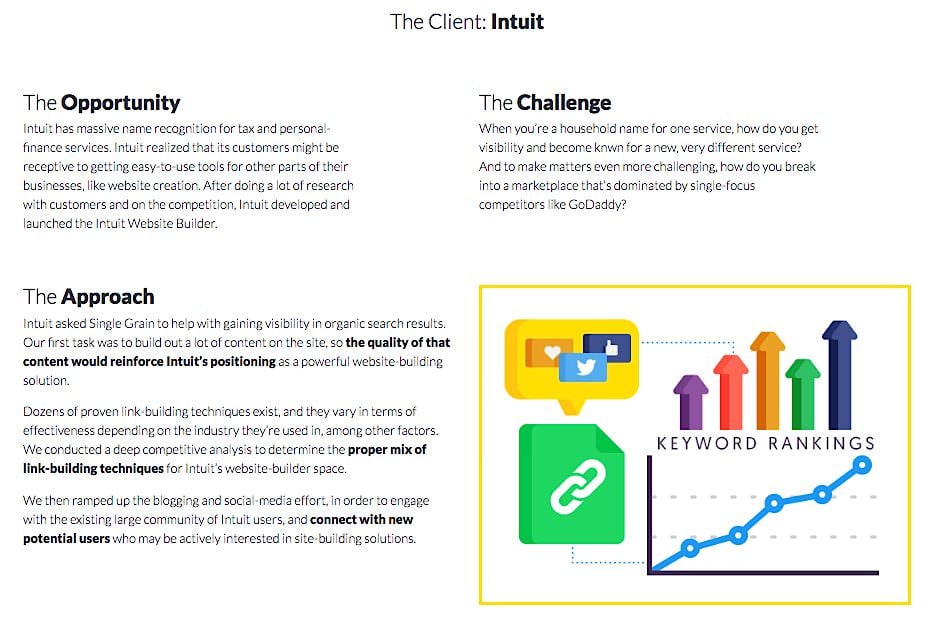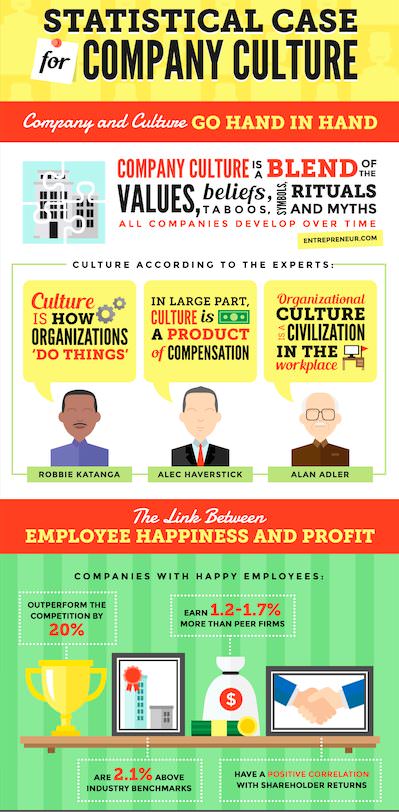The advent of the Internet made instant worldwide communication commonplace. As the old saying goes, where there is communication there is commerce. The natural outcome of the reach and availability of the web was e-commerce.
Using content to boost your e-commerce sales is a strategy that is now used by many business owners to reach new audiences, create brand awareness and provide valuable information to new and returning customers. Here’s how it works.
Half of Americans Prefer to Shop Online
Breathing new life into old businesses and establishing new ones that grew exponentially by operating strictly online, e-commerce is an undeniable trend in the American and global market. Statistics show that 95% of Americans shop online at least yearly, with 80% doing it at least monthly.
2017 is also the tipping point of customer mentality regarding e-commerce, with 51% of Americans preferring to shop online. If buying online was looked at with suspicion and concern before, now the majority of people prefer a digital storefront to a real one. With steady double-digit growth year after year, e-commerce has the potential to be the primary arena of buying and selling.
However, many companies have boarded on this gold rush, each competing over general and niche audiences that span from Chicago to Istanbul. An entire array of new competitors may arise overnight in the online environment and even name brands struggle to keep the loyalty of their customers.
Related Content: Creating a Winning SEO Strategy for E-commerce Companies
In this highly competitive environment, originality is preferred but not always needed. With better marketing and more money, websites that steal the format and even the product of others come ahead.
On the new digital battlefield, the primary weapon of choice for e-commerce brands is content. Click To Tweet
If some companies treat content as a weapon to attract the client base of their competitors, others use it to cast a wide net for customers and to create brand awareness.
What Exactly Does Content Entail?
Content is the lifeblood of online marketing, the inheritor of the billboard and of the newspaper ad. It exists in every nook and cranny of the Internet, wherever there are eyes to see it.
Where there is no traffic, content creates and maintains it. Where there is traffic, content expands and diversifies it greatly. With increased sales and huge cost savings, content marketing is the new way of pushing a product forward.
Used to being spammed with promotional offers and one-time deals that last forever, the modern customer rewards only useful content with his attention. It can come in different shapes, from text to video, but must be relevant, valuable, consistent, clear and appealing.
Content is the primary motivator that brings people to your website. Click To Tweet
Another way of looking at it is to consider the whole of the Internet as a marketplace. The users are consumers and the content developers are producers. This market functions on the same principles as any other – supply and demand. The product (content) differs in quality and addresses different needs of the consumers. They, in turn, avidly search for content appropriate for them.
For an e-commerce website, reuniting the two is a surefire recipe for success.
Related Content: All Content Is Not Created Equal: Why You Should Pay for the Best
Content and the Attention Economy
The Internet, social media in particular, has created what has for a decade been called the “attention economy.”

This approach transforms the attention of individuals into currency, in exchange for which services are performed. In essence, the consumer is still being sold a product, but indirectly, through advertising that is promoted by the service providers. The best example of this practice is Facebook and other social media platforms.
As part of the reason for their success, e-commerce sites combine elements of the attention economy and practices of the “old economy,” which requires the exchange of goods and services for money. As often is the case in natural evolution, the symbiote-inheritor is stronger and more successful than its ancestors. This remained true for e-commerce, which rose in popularity year after year.
If attention – or traffic – is the currency of the new economy, what attracts it? The answer is relevant content.
Content is the main way through which websites obtain a personality of their own, generate organic traffic and hold onto their visitors. The products of two e-stores might be similar, but if one of them has an updated and popular blog that is rich in useful information, it will no doubt be preferred by the customers.
The idea behind first attracting visitors is that any aggregate of individuals spending time on a certain platform will, even without further suggestions, start buying.
In this way, content helps the conversion process of turning a simple visitor into a paying customer.
Content and E-Commerce
Content is the addition to the product that creates a story. The story, in turn, “sells” the product to its target audience. This starts as soon as you choose a website name and URL. Content should, therefore, answer a few key questions, such as.
- Who are you and what do you do exactly?
- Why are you better than your competition? Why should I choose you?
- Who are your services/products for?
- How much do they cost?
- How do they work? Will they benefit the user?
- What do you expect from the user?
- What impact will it have on the customers’ lives?
To create the ideal content for your e-commerce website, you need to identify and understand your base of visitors and customers. By playing to their needs, wants and preferences, you will be able to create engagement. An engaged customer not only purchases your goods but takes part in the community surrounding your brand and organically increases your visibility through shares.
Many types of content can be used to address and attract the customer. Each has its own strengths and weaknesses and plays better with different parts of the wider audience. A good mix of content will, therefore, diversify your customer base.
From there, a larger process of identifying your new clientele and coming up with content that addresses them begins. With each step, your sales will increase and your business will grow.
Types of Content
1) Text-Based Content
The most common among the types of content, text is used to give extra information regarding a product, its history, its uses, etc.
While text must always be present, the degree of its presence and the type of text largely depends on the product that you are selling. For example, a customer that is interested in buying clothes or fashion products might not respond to lengthy descriptions. Instead, they might be attracted to stories that present movie stars and music idols wearing the same clothes.
The most successful text-based content is represented by:
- case studies
- lists
- reviews
- guides
Each appeals to a certain type of audience and is appropriate for specific products. Original research and studies were also shown to bring more traffic to a page.
Here’s an example of a case study page on Single Grain:

Related Content: 3 Advanced Ways to Write Content that Converts
2) Images
In content marketing, images really are worth a thousand words. However, some of those words are repeated keywords and phrases. While images are an indispensable part of attracting customers today, they should always be accompanied by text and additional information.
Data aggregated by HubSpot from a number of studies shows the importance of images. For example, 74% of social marketers use what they call “visual assets” in their promotions.
Moreover, on the other side, customers retained 65% of the information regarding a product when the presentation included relevant images.
A subset of image-based content is made up of memes. These are humor-based posts that combine images with a short sentence. Appealing to the culturally-aware and Internet-oriented young generation, memes showcase the power of content marketing.

3) Infographics
Good for attracting a more specialized niche audience, infographics are a useful middle ground between text and image-based mediums.
This type of content delivers information such as statistical data, trends or timelines. With increased relevancy and the potential to be cited on other websites, infographics are a great way of raising your website’s authority and rank.
Get this downloadable infographic on the Growth Everywhere website:

4) Videos
The same set of statistics suggests that 74% of all Internet traffic is made up of videos, with projections that only suggest an increase in the future. Simply put, videos are shareable. They captivate people and create traction.
The attention economy’s primary trait is speed, and videos are greatly advantaged by it. While text requires a certain amount of effort and a prolonged period of attention, videos are easy to watch and give more information than a single image.
Related Content: Ride the Video Content Marketing Wave to Boost Your Organic Reach
From the point of view of the customers, 4x as many of them would rather watch a video about a product than read about it, like this Growth Everywhere video about How to Come Up with Topics for your blog post:
Organic and Paid Traffic
The best way of quantifying attention is via traffic – either organic or paid.
- Organic traffic comes from social media sites, referral traffic from other sites, search engines or direct traffic.
- Paid traffic comes from paid promotions of your site on other sites, which is the business model of Facebook and makes up much of the revenue for Google.
Among the primary movers and influencers of the online environment are the search engines, such as Google. When people wish to discover more information about a certain type of product or the topics surrounding it, they “Google it.” Search engines work thanks to algorithms and a focus on keywords – sets of words that hold a high degree of relevance.
Relevant content with appropriate keywords is, therefore, the best way to attract organic traffic. Click To Tweet
In this way, you will be obtaining the currency of the new economy – attention – without spending real money. E-commerce websites have been using this for strategy to get ahead of their competition and expand their customer base.
Outsourced Content
The practical importance of relevant content for any website, via the principles of the attention economy, is hard to contest. But not many e-commerce websites can afford to consistently create content in order to keep their client base stable. To cut costs and be able to concentrate on the business itself, you need to engage in website networking. By doing so, you will be sharing the load of creativity and widening the number of your website visitors at the same time.
Say your e-commerce website specializes in selling shoes. While you may want to produce your own content such as articles regarding shoes, various lists, pictures and guides, you might also benefit from hosting guest posts from other websites.
Ideally, these partners should deal in products that complement your own. To continue the shoe store example, you might want to host content regarding outfits that go along with your shoes or great hiking spots that go hand in hand with your hiking boots.
Another option is to promote customer-generated content, such as comments or forums.
Low-cost and high-impact content delivers a brand from obscurity to visibility. Click To Tweet
Promoted, shared and advertised through many types of content, your e-commerce website will eventually generate its own traffic.
At every step of the buying and selling process, from the first contact to offering rewards to returning customers, relevant content can boost your e-commerce sales and make your brand stand out among others.
Content marketing has become one of the most important strategies in the market today, as it creates and distributes valuable, relevant information and aims to attract and retain a clearly defined audience. Ultimately, it also drives profitable customer action.
